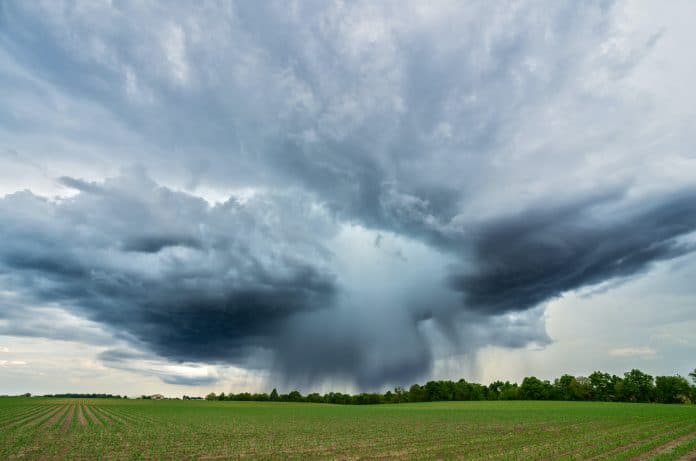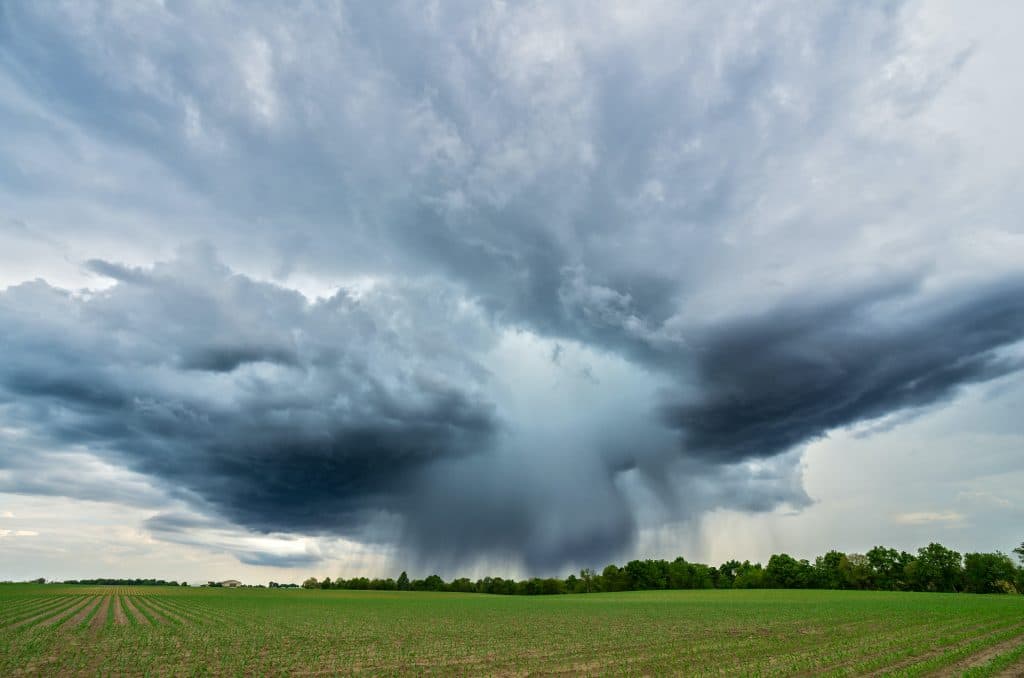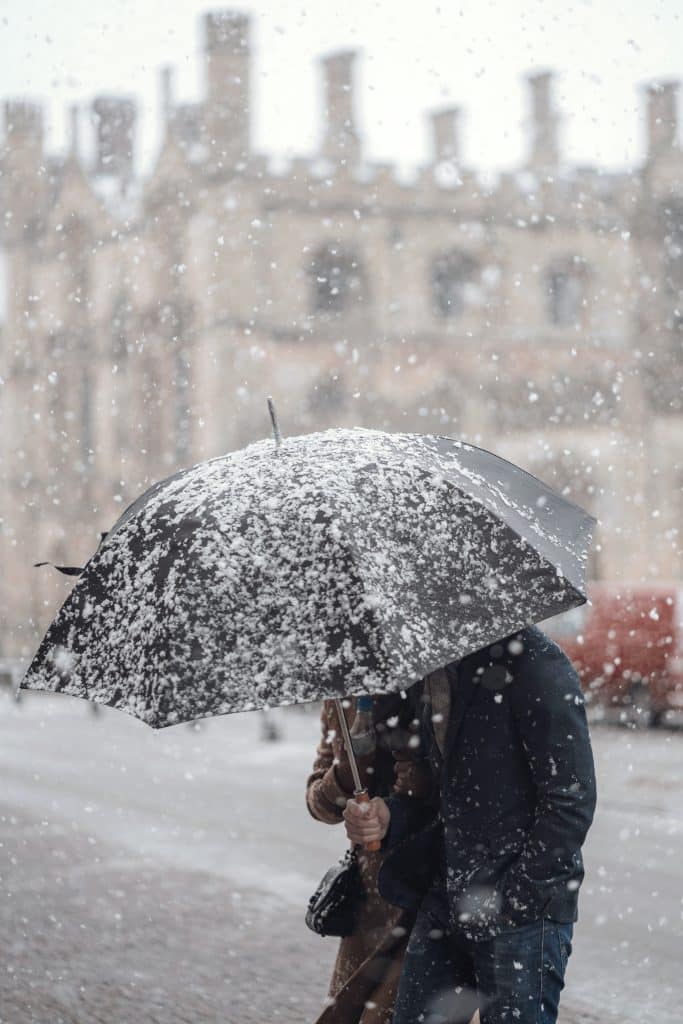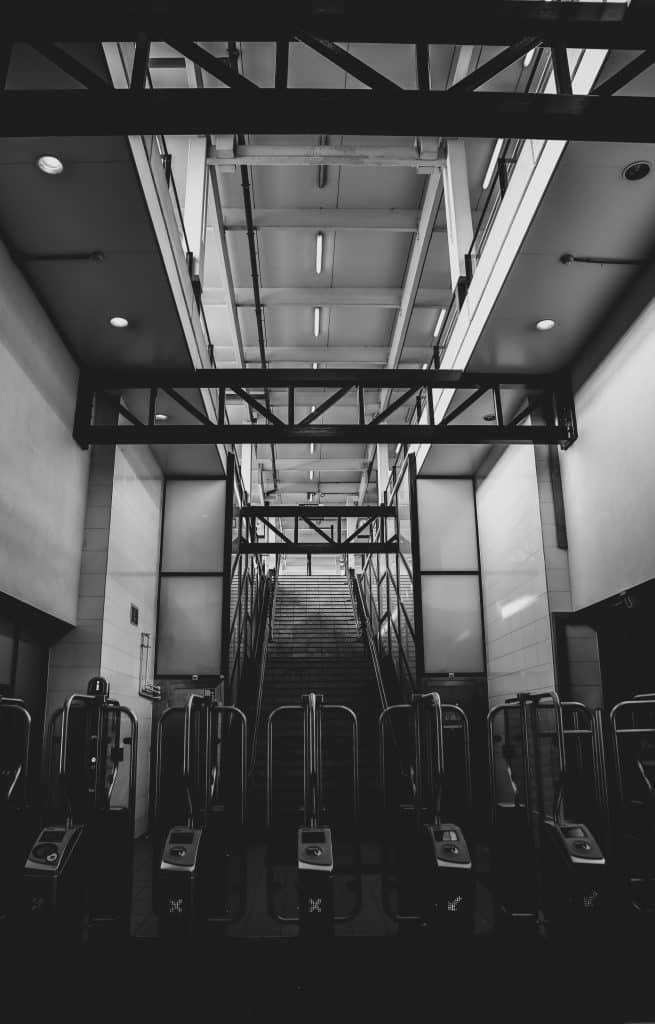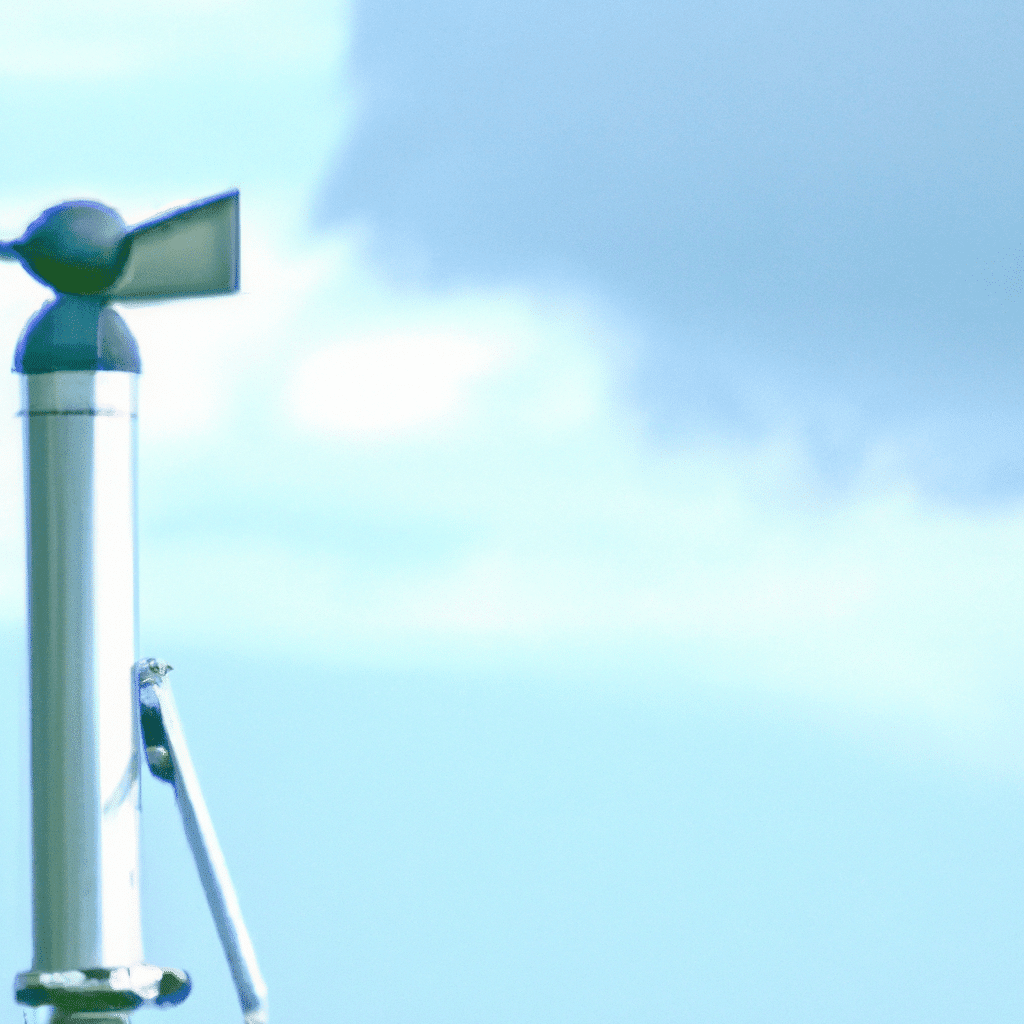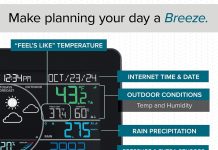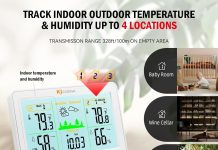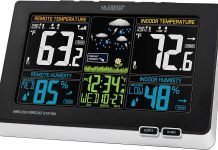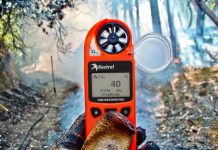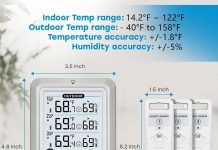Looking to set up a home weather station but unsure where to install it for optimal accuracy and functionality? Look no further! In this article, we will guide you through the factors to consider and recommend the ideal location to ensure accurate weather readings and seamless operation of your weather station. Say goodbye to unreliable forecasts and hello to precise weather monitoring right in the comfort of your own home!
Review contents
Factors to Consider for Installing a Home Weather Station
When it comes to installing a home weather station, there are several factors to consider. From meteorological factors to spatial factors and equipment factors, each aspect plays a crucial role in determining the best location for your weather station. By carefully evaluating these factors, you can ensure accurate readings, reliable data, and optimal performance of your home weather station.
This image is property of images.unsplash.com.
Meteorological Factors
Climate Conditions
One of the most important meteorological factors to consider when installing a home weather station is the climate conditions in your area. Different weather conditions can have a significant impact on the accuracy of your weather station readings. For example, if you live in an area prone to heavy rainfall or strong winds, it is crucial to choose a location that offers protection from these conditions. Additionally, extreme temperatures or high humidity levels can affect the longevity of certain weather station components, so it is important to select a suitable location that minimizes exposure to extreme weather conditions.
Wind Direction
Understanding the prevailing wind direction in your area is another vital factor to consider when installing a home weather station. Proper placement is crucial to ensure accurate wind speed and direction measurements. Ideally, the weather station should be situated in an open area, away from tall structures or trees that could obstruct wind flow. By selecting a location with minimal obstructions, you can maximize the accuracy of wind readings and enhance the overall performance of your weather station.
Exposure to Sunlight
The exposure to sunlight is another significant meteorological factor to take into account when installing a home weather station. Direct sunlight can impact temperature readings, leading to false data. It is recommended to place the weather station in an area that receives partial shade during the day. This will help minimize the effects of direct sunlight on temperature measurements, ensuring more accurate readings. However, it is important to strike a balance and avoid excessive shade that could inhibit the collection of solar radiation data.
Presence of Shade
In addition to considering the exposure to sunlight, it is also essential to take into account the presence of shade when determining the location for your home weather station. While some shade can be beneficial in minimizing the impact of direct sunlight, excessive shade can create an inaccurate microclimate around the weather station. This can affect temperature, humidity, and other measurements, as the sensor may not be exposed to the true ambient conditions. Therefore, it is advisable to choose a location that strikes a balance between shade and exposure to achieve accurate readings.
This image is property of images.unsplash.com.
Spatial Factors
Obstructions
Spatial factors play a crucial role in determining the accuracy and reliability of your home weather station. The presence of obstructions such as tall buildings, trees, or structures can significantly affect the performance of your weather station. These obstructions can disrupt wind flow, create turbulence, and cause inaccurate readings. It is important to choose a location that is free from such obstructions, ensuring unobstructed measurements and reliable data.
Elevation and Slope
The elevation and slope of the installation site are also important spatial factors to consider when installing a home weather station. In general, it is preferable to place the weather station at a higher elevation to minimize interference from ground-level conditions. This helps to ensure accurate readings of temperature, wind speed, and other meteorological parameters. Additionally, the slope of the installation site also affects the drainage of rain and snow, which can impact the accuracy of precipitation measurements. A flat surface or a slight tilt is ideal for proper drainage and accurate readings.
Urban or Rural Environment
The environment surrounding your home weather station can have a significant impact on its performance and accuracy. If you live in an urban area, it is important to consider the potential sources of interference, such as air pollution, heat islands, or nearby buildings. These factors can affect temperature readings and create microclimates, potentially leading to less reliable data. On the other hand, if you reside in a rural environment, it is crucial to choose a location that is representative of your localized weather conditions. Avoid placing the weather station too close to agricultural activities, as this may affect measurements related to temperature and humidity.
Proximity to Water Bodies
The proximity to water bodies is an important spatial factor to consider when installing a home weather station. Bodies of water, such as lakes, rivers, or the ocean, can have a significant influence on local weather patterns and conditions. Water bodies can create microclimates, affect temperature and wind patterns, and even contribute to increased precipitation in certain areas. When selecting a location for your weather station, it is important to take into account the impact of nearby water bodies to ensure accurate and representative measurements.
This image is property of images.unsplash.com.
Equipment Factors
Signal Reception
Proper signal reception is a crucial equipment factor to consider when installing a home weather station. Depending on the type of weather station you choose, it may require a stable and strong signal reception for accurate data transmission. Mounting the weather station away from large obstructions like buildings or trees can help ensure optimal signal strength and uninterrupted communication between the sensors and the receiver. Additionally, choosing a location with minimal electromagnetic interference can also contribute to better signal reception.
Mounting Options
Considering the mounting options is another important equipment factor when installing a home weather station. Depending on the type of weather station and its design, you may have different mounting options available. It is essential to choose a stable and secure mounting option that can withstand various weather conditions, including strong winds or heavy rainfall. This will help ensure the longevity and stability of your weather station, preventing any potential damage or misalignment.
Power Supply
Proper power supply is an integral equipment factor when installing a home weather station. Depending on the type and model of your weather station, it may require a constant power source to operate effectively. Some weather stations are battery-powered, while others may rely on a direct AC power source or solar panels. It is crucial to select a location with easy access to a suitable power supply to ensure uninterrupted operation and accurate data collection.
Accessibility for Maintenance
Ensuring accessibility for maintenance is another important equipment factor to consider when installing a home weather station. Regular maintenance and occasional calibration are necessary to maintain the accuracy and reliability of your weather station. Choosing a location that allows easy access for maintenance tasks, such as sensor cleaning or battery replacement, can save you time and effort in the long run. Avoiding locations that are difficult to reach or require special tools for maintenance can help ensure the longevity and performance of your weather station.
In conclusion, installing a home weather station requires careful consideration of various factors. From meteorological factors like climate conditions, wind direction, exposure to sunlight, and presence of shade to spatial factors like obstructions, elevation and slope, urban or rural environment, and proximity to water bodies, each aspect plays a crucial role in determining the best location for your weather station. Additionally, equipment factors such as signal reception, mounting options, power supply, and accessibility for maintenance contribute to the optimal performance and longevity of your home weather station. By taking these factors into account, you can ensure accurate readings, reliable data, and enhance your overall weather monitoring experience.

